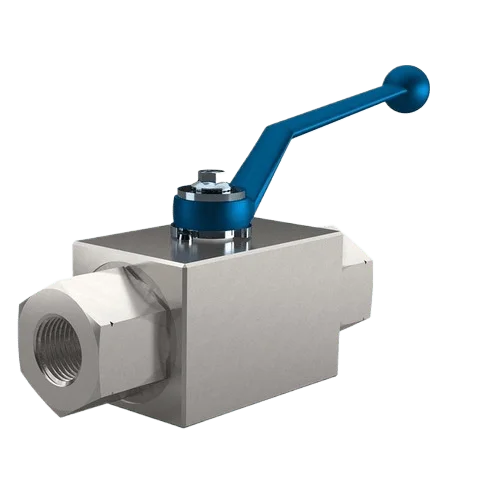High Pressure Valve
High Pressure Needle valves are used to regulate the flow of liquids, gases and other media through tubing, pipes, tanks, and other containers. Valves are available up to 20000 psi. working pressure.
Description
High-pressure valves play a vital role in industrial systems that operate under demanding pressure conditions. Designed to manage the flow of liquids, gases, or steam, these valves can control, regulate, or shut off flow at pressures typically exceeding 300 psi, depending on the application and valve design. Industries like oil and gas, power generation, chemical processing, and water treatment depend on these valves to ensure safe and efficient pressure management.
Key Features and Functions of High-Pressure Valves
- Pressure Resistance: High-pressure valves withstand extreme internal pressure. They prevent leaks, ruptures, or failures in critical systems. Manufacturers use stainless steel, carbon steel, and specialized alloys for durability and corrosion resistance. These materials are vital in harsh environments.
- Precision Control: These valves allow precise flow rate control. Operators can fine-tune pressure within the system. This is important in applications where small pressure changes affect performance or safety.
- Safety and Reliability: High-pressure valves feature safety mechanisms. These include automatic pressure relief and fail-safe designs. They minimize the risk of catastrophic failure and ensure safe operation in pressure-sensitive systems.
- Variety of Designs: High-pressure valves come in different types. Each is designed for specific applications. Common types include ball valves, gate valves, globe valves, and check valves. Each type offers advantages in flow control, sealing, and pressure management.
- Applications: In oil and gas, high-pressure valves control petroleum flow through pipelines, drilling equipment, and refineries. In power generation, they regulate steam and water pressure in boilers and turbines. Chemical processing plants use them to manage the flow of reactive or volatile substances.
- Maintenance and Durability: To maintain performance and extend lifespan, operators must inspect and maintain valves regularly. This includes checking for wear, corrosion, and damage. Operators should also ensure the valve’s sealing components remain intact and functional.





